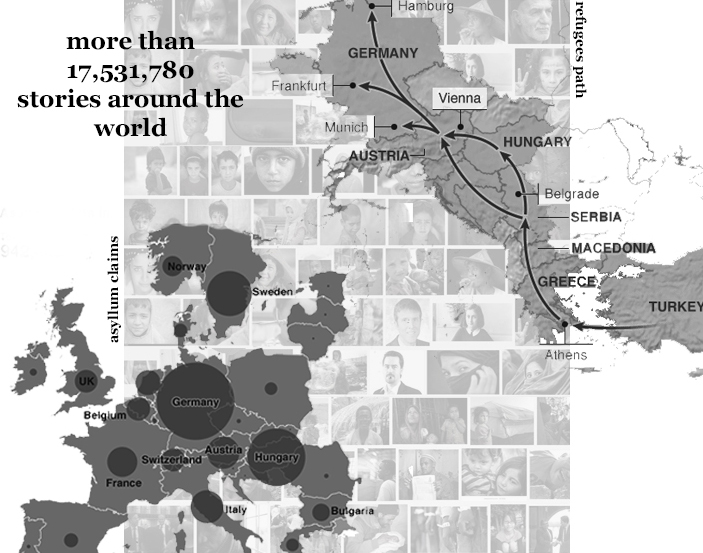
Migration is a contemporary phenomenon around the world. More than 17 million people are moving constantly: changing countries, passing through borders, setting new lives and routines. There are different kinds of refugees: a part of them is emigrating by choice, but a massive part of them is obliged to, due to war condition or economic issues.
The conditions refugees are dealing with while travelling are not ideal: they are confronting closed borders, people who want to take advantage of them, cities which deny or are unable to offer temporal dwelling, people who don’t want to interact with them, racism etc. These flows tend to destabilize the structure of societies, creating issues related to the use of space and bringing new needs as a consequence.
The gheto as a social phenomenon becomes common and societies structures change continuously. For us, the interaction between different people is a vital factor for a balanced and productive community: micro and macro climates are the structures which actually form the image and the function of a society.
The goal of our investigation was creating interactions between refugees and locals in a non-conflictual way, allowing refugees to be accepted and integrated to solid, settled societies and through a different way to manage and share the space.
According to these thoughs and phenomena, this project studies whether architecture could set the base for a common field to be created so different cultures could coexist, interact and flourish together in a productive and creative way. This, in our project , is called translucency.
So, how societies can become translucent? How architecture can help permanent residents and visitors both feel comfortable and communicate but at the same time prevents any abuse of the free space?

The proposal is articulated in three scales. First, we follow the movement of the refugees at the map of Europe from east to west and we identify their stasis and stations of temporary stay.
We can detect a network and a systematic movement, as the path is almost specified. Our intervention is focused at the cities-stations which are unable to accept such a big amount of people. What we propose, is an infrastructure, a hub which is set on top of the existing public or private buildings.
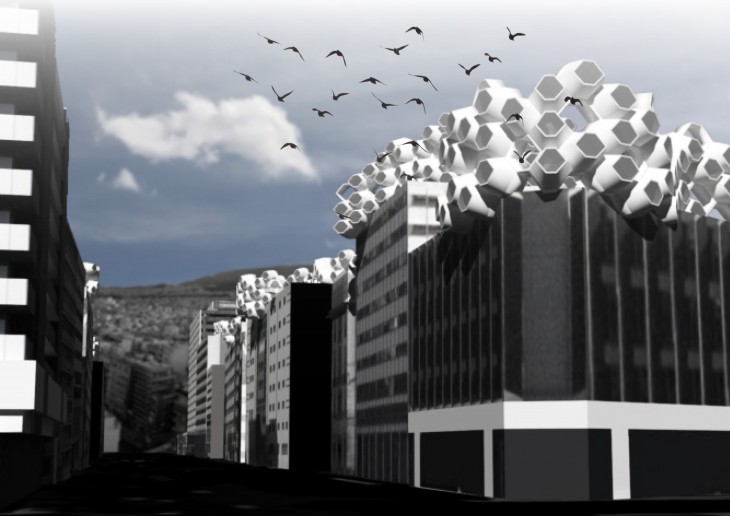
This hub is a framework and it is filled with individual shelters which are given to refugees through their journey. It is reusable and it offers accommodation for a small period of time. It organises a continuous procedure of hosting different people every specific period of time.
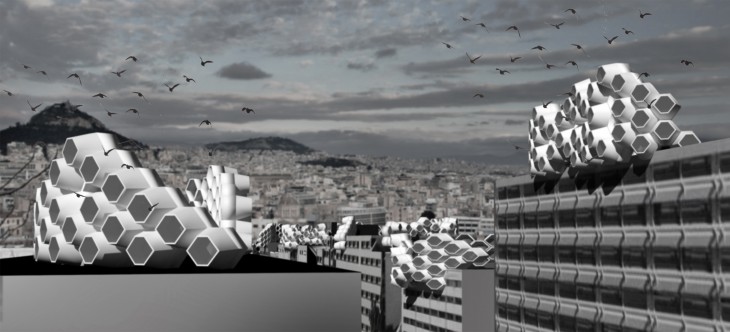
What it offers to residents of the buildings is energy through solar panels and also it changes the cityscape adding a new layer which stands as a sculpture on the terraces.
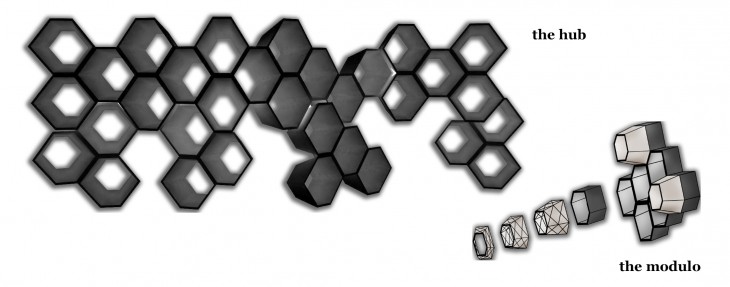
Every hub has one fixed and one adaptable part: it can be extended in size by adding more cells at the side. Because of the nature of its design (multiple modules which are organised together) the shape and the size are adaptable and they can differ from building to building.
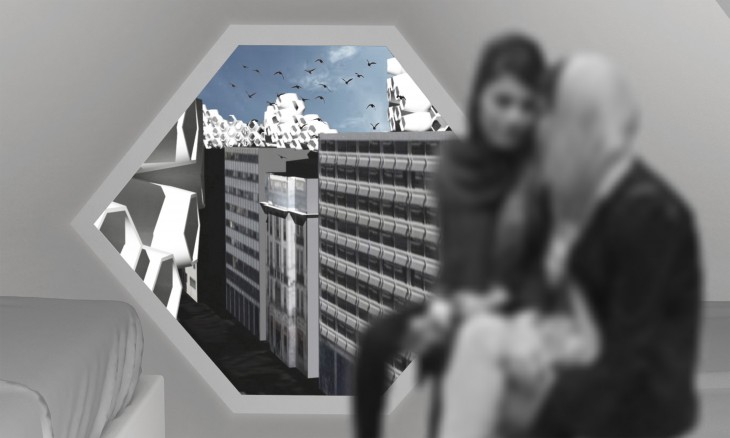
As far as the shelters mention before, they are individual modules which are given to refugees in the beginning of their journey or during their first stages. It concerns a lightweight foldable modulo which offers accommodation and security for the night. When refugees reach the hub stations, they put those shelters to the framework and complete this infrastructure. In this way, we provide the minimum necessary security and comfort until people reach to city-hostels.
If we seek for a friendly and peaceful world, we should aim to create fields and conditions where people and cultures have the freedom to express and develop themselves; then we could look forward for a creative, legal, and interactive relationships.
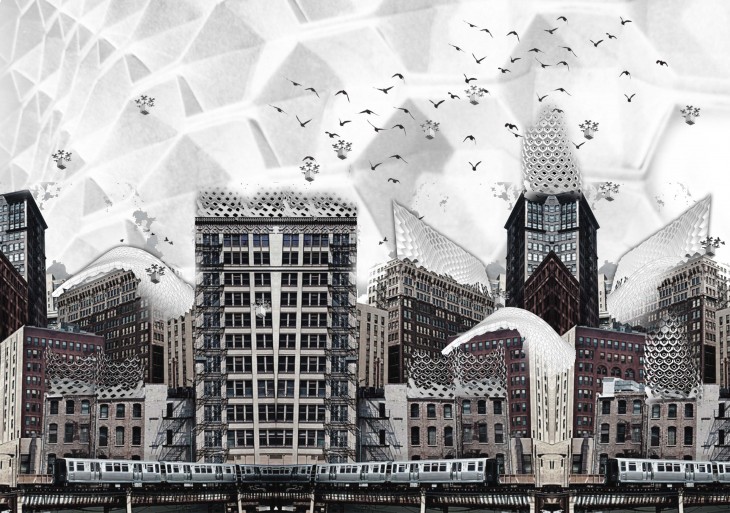
Translucent Societies is a project of IaaC, Institute for Advanced Architecture of Catalonia
developed at MAA01, Encrypted Nomadism Seminar in 2015/2016 by:
Students: Fulvio Brunetti, Maria-Klairi Chartsia
Faculty: Pablo Ros, Marco Ingrassia